Peaches (prunus persica) have been popular since the Chinese started cultivating them around 2,000 BC. Wild peaches still grow in remote areas of China. Chinese merchants introduced peaches to Persia, and from there they spread across Europe. Brought to North America by the Spanish, peaches are now the second largest fruit crop in the US. Peaches are classified by their shape, the color of the flesh, and how firmly the flesh attaches to the pit or stone.
Yellow Peaches
There are hundreds of yellow-fleshed peach varieties. Classics such as the Red Haven, Elberta, and O’Henry have been joined in recent years by a plethora of great new varieties which have greatly extended the fresh peach season. These juicy, sweet summer fruits ripen from mid-May to late September, with peak availability in August.
White Peaches
White-fleshed peach varieties were known in europe as early as 1655, although they were so delicate compared to yellow peaches that they nearly disappeared from commercial orchards. Since the 1980’s white peaches have enjoyed a resurgence in popularity, and newly developed later-ripening varieties have extended the white peach season to nearly match that of yellow varieties.
Clingstone
So named because the flesh clings stubbornly to the pit or stone. The flesh can be yellow or white with touches of pink or red near the pit. Clingstone peaches have a soft texture and are sweet and juicy. While delicious eaten fresh they are generally used for jellies, jams and canning.
Freestone
Named because the flesh is easily separated from the pit or stone. This is the type most commonly eaten fresh. They are generally larger than clingstones with a firmer, less juicy texture but still with a sweet taste. They are also excellent for canning and baking.
Flat or Donut Peaches
New varieties of donut peaches such as the white-fleshed “Saturn” and “Jupiter” have made quite a splash on the US market since the 1990’s.
The oldest known flat peach variety, the “Peen-to” was introduced to the US from China in 1869, but never became very popular.
Today’s donut peaches are super-sweet, with creamy, juicy flesh that may be either white or yellow.
Nectarines
They are fuzzless varieties of peaches.
Nectarines are not a cross of other fruits as some people may think.
Peach trees occasionally can produce a few nectarines and nectarine tree can produce peaches.
Nectarines came originally from China, but they were grown in Great Britain from 16th century and they are available from June till late September.
Peaches are highly perishable so you should buy only the amount you can use within a few days. Look for peaches that are firm to the touch, but will yield slightly to gentle pressure. The skin should be unblemished and free from bruises. Fresh peaches can be kept for 3 to 4 days at room temperature or for a couple of days longer in the refrigerator. Refrigerated peaches should be allowed to come to room temperature before eating for the best flavor.
- Information source CF Fresh (supplier of organic fruit and vegetables).
- More pictures of peaches coming soon…
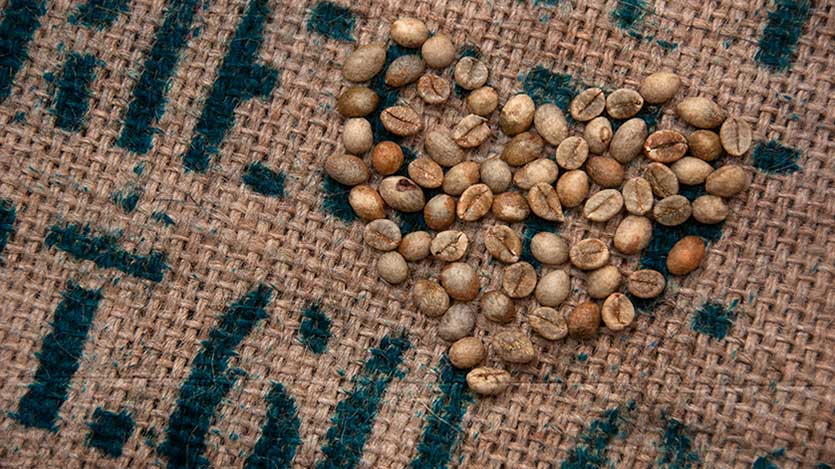
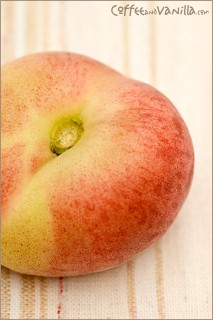

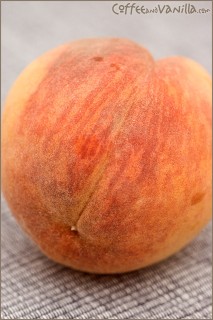
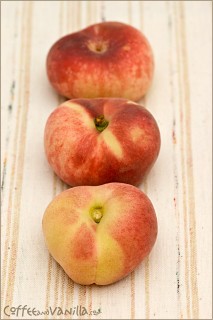
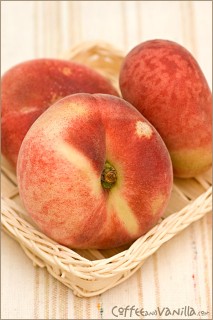
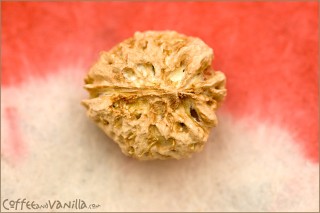
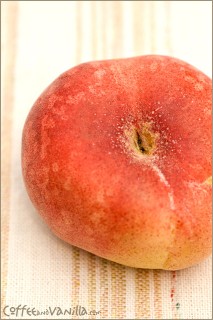
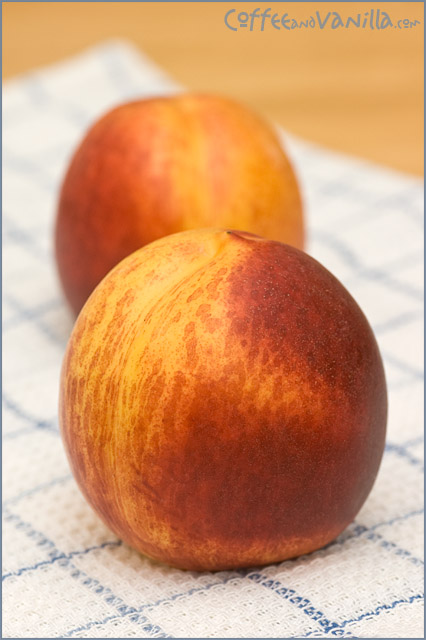
I adore donut peaches because of the intense sweetness. They were such a treat in the US because they were much more expensive than regular peaches, but thank goodness in China they are about the same price.
Hi….i m here for the first time…ur blog is beautiful!
i am looking for suppliers of a type of peach found in
south africa, called cape yellow cling.if possible as a grafted sapling for pot cultivation, here in england.any help will be greatly appreciated. thank you.
Can I buy Donut Peaches to eat from a supermarket.if so which ones
Trisha Bergan